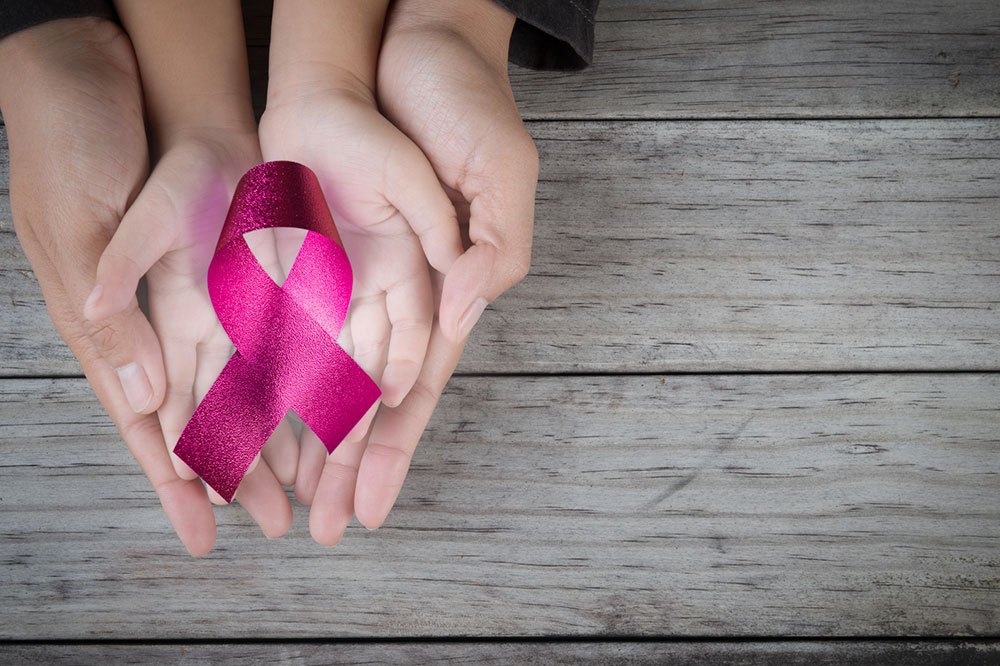
Breast Cancer – Stages and Symptoms
Breast cancer diagnoses may result in several questions. The physician will find the stage of cancer using a biopsy, blood tests, physical exams, and bone scans. Knowing the stage of cancer will help the doctor determine treatment.
Stages
Stages are categorized with zero and Roman numerals followed by an alphabet. Here are the various stages and symptoms of breast cancer:
- Stage 0
This is an early diagnosis of the disease starting in the milk glands or breast ducts and has not progressed further - Stage I
From this stage, cancer becomes invasive allowing it to attack healthy tissue:- IA
This is when cancer spreads to fatty breast tissue; the tumor maybe the size of a shelled peanut or non-existent - IB
This finds a small number of cancer cells in a few of the lymph nodes
- IA
- Stage II
This is the stage when cancer has grown, spread, or both:- IIA
This is when the tumor is still small or there are no cancer cells in the lymph nodes, or it may have spread to as many as three nodes - IIB
At this stage, the tumor may have grown to the size of a big lime or walnut and may or not have spread to the lymph nodes
- IIA
- Stage III
Although the cancer cells have not spread to organs and bones, it is an advanced stage and more difficult to fight:- IIIA
This is where cancer has spread to nine nodes from the underarm to the collarbone or has enlarged the lymph nodes deep inside the breast - IIIB
This is a stage where the tumor has grown in the chest wall or skin around the breast, though it may not have reached the lymph nodes - IIIC
This is when the cancer cells have affected 10 or more lymph nodes or have spread below or above the collarbone
- IIIA
- Stage IV
The cancer cells have affected more than the breast and lymph nodes reaching the bones, brain, liver, or lungs; this is the metastatic stage where the cancer cells have moved away from where they were first located.
Having understood the stages, here are some common symptoms of breast cancer:
- Swelling or lump under the arm
- Breast lump, or thickening tissue that may feel different
- Changed appearance of the skin on the breasts
- Pain in the breasts
- An inverted nipple
- Red and pitted skin on the breasts
- Sudden and unexplained change in the size and shape of the breasts
- Swelling in some part or the entire breast
- Flaking, peeling, and scaling skin on the breast or nipple
- Nipple discharge that is not breast milk
- Bloody discharge from the nipples
One or more of the above symptoms does not necessarily mean breast cancer, but it is important to consult a physician as an early diagnosis improves survival rate. One must be wary of these stages and symptoms of breast cancer.



